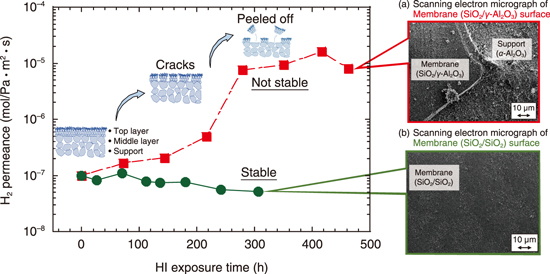
Fig.6-7 Schematic of a membrane reactor equipped with an H2 separation membrane for HI decomposition

Fig.6-8 Change in the H2 permeance of membranes with middle layers composed of (a) γ-Al2O3 and (b) SiO2 under corrosive HI exposure
Thermochemical iodine–sulfur (IS) process, which employs nuclear heat to decompose water, is considered the most suitable solution for producing large amounts of H2 without emitting CO2. The IS process consists of three coupled chemical reactions (the Bunsen reaction, sulfuric acid decomposition reaction, and hydrogen iodide decomposition reaction).
One of the technical challenges in the development of the IS process is the separation of H2 from the mixture of corrosive gases hydrogen iodide and iodine during hydrogen iodide decomposition (2HI → H2 + I2). To solve this problem, there is a need for a membrane reactor with an H2 separation membrane (Fig.6-7) that is capable of equilibrium shifting and can handle corrosive environment.
The conventional H2 separation membranes used for HI decomposition consist of three layers: a base α-Al2O3 support tube (average pore size: 200 nm) that maintains mechanical strength, middle γ-Al2O3 layer (3 nm) to avoid pinhole defects in the top layer, and top SiO2 layer (<0.4 nm) to selectively separate H2.
In the HI exposure tests of these conventional membranes, a considerable increase in the H2 permeance was observed after 200 h. This is because the middle γ-Al2O3 layer was corroded by HI gas and partially peeled off (Fig.6-8(a)). In other words, the large increase in H2 permeance was attributed to the lack of corrosion stability of the middle layer to HI gas. Therefore, to improve corrosion stability against HI exposure, the fragile middle γ-Al2O3 layer should be replaced by a more corrosion-resistant material. For this purpose, a new H2-separation membrane was developed with a middle SiO2 layer that is thermally and chemically stable and has excellent pore size controllability. The new membrane with this middle SiO2 layer showed only a slight decrease in H2 permeance after 300 h of exposure to HI gas, and there were no significant changes on the membrane surface (Fig.6-8(b)); the middle SiO2 layer remained unchanged and stable. Thus, we successfully developed an H2 separation membrane with high corrosion stability in an HI environment. The membrane with middle SiO2 layer is suitable for membrane reactors that produce H2 via HI decomposition.
This work was partially supported by the Council for Science, Technology and Innovation, Cross-ministerial Strategic Innovation Promotion Program, “Energy Carrier” (Funding agency: JST).
(Odtsetseg Myagmarjav)